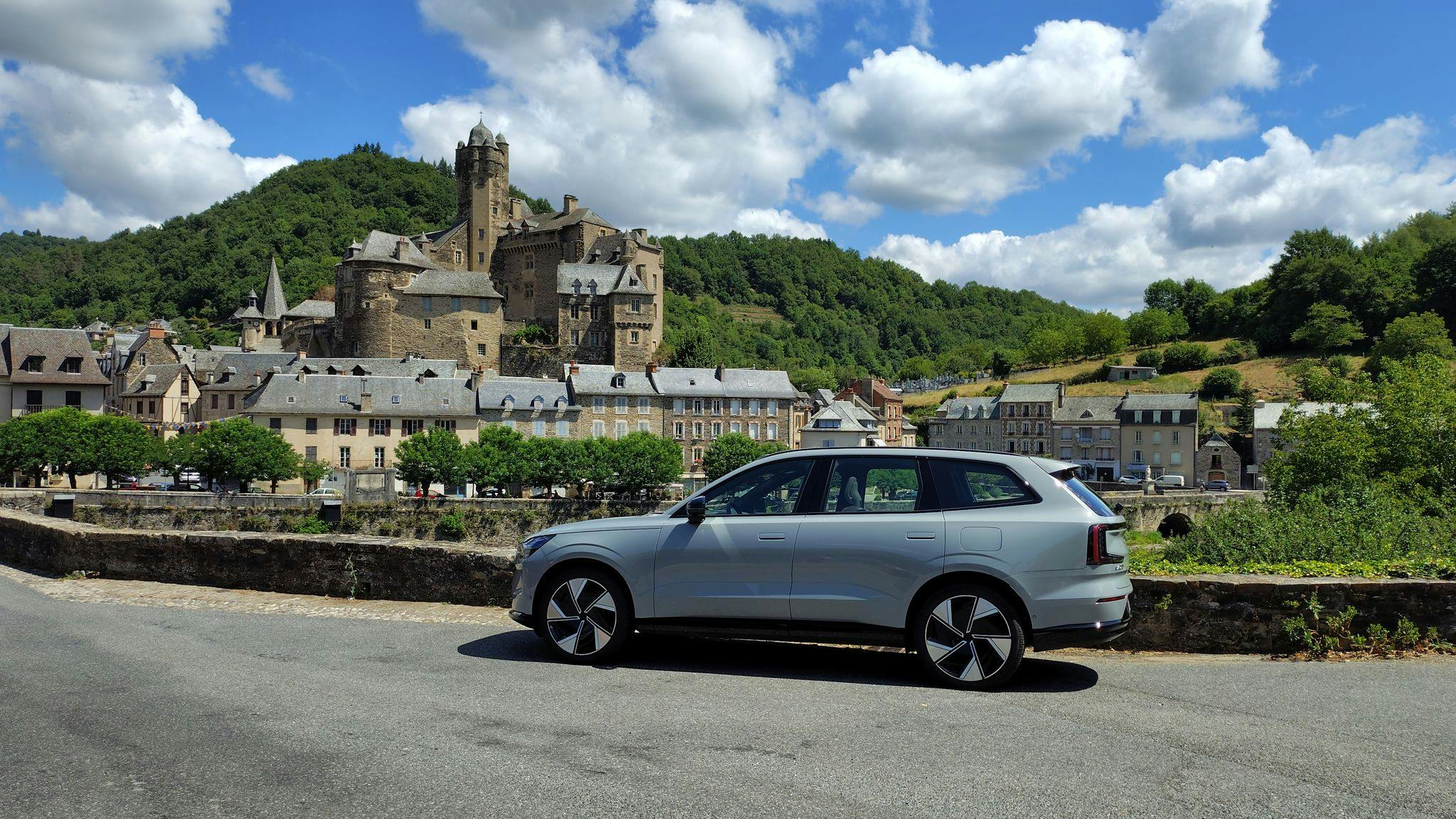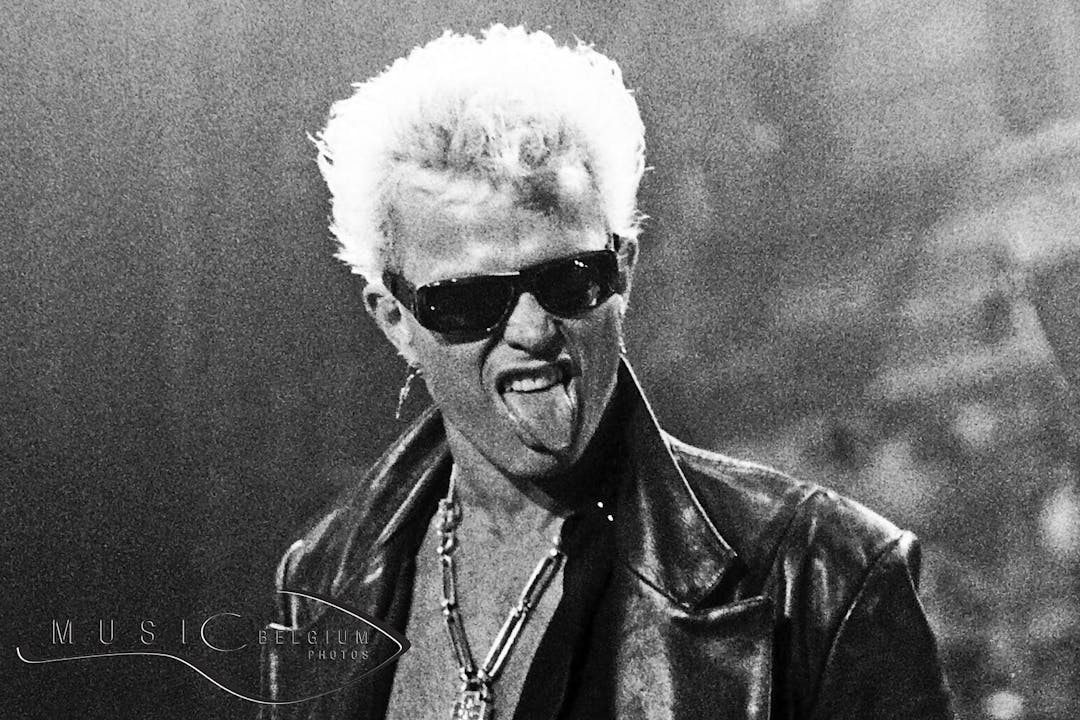
TAGTIK NEWS - TO THE POINT
Volvo EX90 7-seater electric SUV in long-distance stress test

Among the electric models, the Volvo EX90 is a large 7-seater SUV. It's a colossus with a huge battery, so you don't have to fill up on electricity at every charging point. And why not take it for a weekend drive to the South of France?

The flagship of Volvo's electric range, the EX90 is a real eye-catcher. People look away, often in admiration, but also in astonishment. What is this large, silent car measuring 5.04m? It's a 2.8-tonne machine powered by a pair of engines. Its maximum power is 408 bhp (300 kW) and its torque is a staggering 770 Nm. With its 4-wheel drive, the SUV accelerates from 0 to 100 km/h in 5.9 seconds at the touch of a button. Enough to get you through the toll barrier with ease.

On the motorway, the EX90 is serene and regal. In its Ultra trim, the Swedish car is a veritable rolling palace, absorbing irregularities with insolence. A massage programme comforts both driver and passenger. There are even heated seats for two passengers in the rear. Almost the whole family can enjoy liner-like comfort. Even if you have to remember to leave the 3rd row for the little ones, otherwise their heads quickly become acquainted with the ceiling. They also need to be flexible to get into their little alcove.

The boot
In 7-seat configuration, the Volvo EX90 offers just 310 litres of boot space under the tonneau cover. That's enough for a few items of luggage. However, a cabin suitcase has to be positioned perpendicularly, otherwise the tailgate won't close. There's also a 37-litre frunk box at the front to store cables. Folding down the 3rd row of seats is very simple: a button in the boot allows the operation to be performed electrically. This control panel can also be used to lower or raise the body for heavy loads. Unfortunately, for holidays with less than 6 people, the standard luggage cover doesn't allow you to hide your luggage on the folded 3rd-row seats. Alternatively, you'll have to take one as an accessory to avoid the covetousness of rogues. The 2nd-row seats are sliding.

In cargo configuration, the total load volume is 1915 litres. Enough to provide an enormous number of gifts for our guests, or to return with a wide range of souvenirs. More prosaically, there's plenty of storage space in the cabin to empty your pockets and leave with everything you need close at hand. Oh yes! To open the glovebox, you have to go through the 14.5-inch vertical central screen. Fortunately, there's a small horizontal screen behind the steering wheel to keep an eye on your driving, in addition to the head-up display. The eyes can remain fixed far ahead.

Night-time driving
The car is ready to go as soon as it detects the digital “key” (Key tag), card or registered smartphone. The transmission control is on the right-hand side of the steering wheel. It also activates cruise control, or pauses it. Next, the active cruise control is set using the buttons on the steering wheel. Strangely, the Resume function, which returns you to the last recorded speed, does not work on the EX90. Despite the presence of the relevant symbol! A quick look at the user manual accessible via the screen confirms this oddity.

Volvo's ADAS system had a bug. After a disastrous manoeuvre of a camper van, and acting at the same time as my reflexes, cruise control wouldn't reactivate. In fact, a whole host of driving assistance systems went on strike. The siesta after the night drive gave the car a chance to check itself over. Basically, until we reached our destination, we had to drive the old-fashioned way: without cruise control and blind spot assistance. Other driving aids were also out of order. But it was these two that I missed most during the night drive.

Fortunately, the automatic headlights were still working. They often illuminate the signs so that you can see them clearly. There was no mist, smoke or fog during our journey to Aveyron, in South of France. And that's a good thing! Because to switch on the fog lights, you have to perform two operations via the screen... Stupidly dangerous!

Autonomy
With 107 kWh of useful capacity, the 111 kWh battery has plenty to offer. Having charged the car to 100% after an initial stretch of motorway to adjust consumption to my driving style, the claimed range is 400 km. This will be confirmed. At 80%, you can drive for 305 km. So, for just over 2 hours of peace of mind at 130 km/h, a charge of 85% is more than enough. Electric consumption at constant speed on the motorway is 27 kWh/100 km. All this in air temperatures of over 25°C, with the on-board air conditioning set at 22°C. The air conditioning works with a heat pump. Which is good news for winter. A season when the EX90 will undoubtedly consume more energy. For the record, the car was fitted with 22-inch winter tyres.

As we left the A75 motorway at Saint-Flour, we needed to recharge almost to the maximum. Because after that, it's going to be a different kettle of fish. As it was a red day for Bison futé (traffic forecast) on the outbound journey, we were the last to be able to plug in. The next EV had to wait its turn at this unserviced park and ride. On the return journey, during the week, there was no-one left to fill up before getting back on the motorway. During our road trip, in the heart of the Aveyron, between Laguiole and Espalion, fast charging stations are rare. So we had to hope for 50 kW equipment that worked. A nasty surprise like this showed us that it's wise to think ahead.

At every restaurant stop or visit where we could plug in, even at 11 kW AC, we had to take advantage. In the end, we never reached the red zone below 10%. On DC fast chargers, the Volvo EX90 accepts up to 250 kW of power, despite its 400 V technology. With the battery fully discharged, we reached a peak of 230 kW during one charge. Often, in less than 35 minutes, the car was at more than 80%. It even surprised us with 100% on a motorway service area after a tasteless meal. Note: at home or on an 11 kW wall-mounted charging point, the EX90 will charge patiently in 11.5 hours!

Smart under certain conditions
The Google Maps navigation system calculates the route, taking into account the charge level, and automatically guides the vehicle to a stopover point when the estimated battery capacity falls below 10%. If you recharge before that, the navigation system will choose whether to keep the same next station or to set a new one. Note that, to take full advantage of the Android Automotive infotainment system (the suffix “motive” is important), with apps such as Waze, Spotify or TuneIn, you need to connect to a private Google Gmail account (not compatible with a pro Workspace account). Only Apple Car Play pairing is available, not Android Auto. So you can't read WhatsApp messages in the car with an Android smartphone.

The Zen atmosphere on board, with recycled materials, doesn't prevent the colossus from being dynamic, provided you set the steering to Sport mode. Otherwise, the steering is a little soft. Nonetheless, the Volvo is agile with very little body roll. On the small roads of the Cantal and Aveyron regions, the EX90 is easy to drive. It is lively coming out of bends, without losing its presence. Of course, you need to be ready to brake and slide to the side of the road when oncoming traffic approaches.

The One Pedal system, which can be (de)activated by pressing a shortcut on the screen, is well calibrated. It helps with anticipatory driving and finds the right deceleration. In short, it provides engine braking and inertia to good effect. So you don't have to use your (good) brakes to slow down this big vehicle in freewheel mode. The suspension is extremely effective. We found this out more in Belgium, on a bike-breaking pavement. In Aveyron, the departmental roads were well maintained. The few undulations in the road did not disturb the gentlemanly character of the coach.

The pleasure
In the breathtaking, lunar landscapes of the Aubrac mountains, the SUV's promontory is an extraordinary place to enjoy the show as you watch the scenery unfold and spot the burons and local curiosities from the superb zinc-coloured wool-blend seats. The panoramic roof also brings light into this reassuring capsule. Silence is king. But music lovers can really indulge themselves. The Bowers & Wiggins High Fidelity audio system immerses us in an incredible world of sound. Especially with the Abbey Road solution. It's incredible.

Even the Tour de France commentators on RMC seem to be in the middle of a concert hall or rehearsal studio. The cycling epic immediately invites you to find a charging point near a bar to follow the rest of the stage visually on a screen. Because, over and above a range that's really suited to long journeys (with a fast-charging budget to match the size of the battery), what I'll remember about this Volvo EX90 is the feeling of serenity on board. Tasty, efficient premium.

The price
As you can imagine, Volvo is not selling off the EX90. The model with the “small” 104 kWh battery and a single motor (205 kW - 279 hp) driving the rear wheels already costs €86,320 in Belgium. But even this basic version is designed for good stints on the motorway. But to activate 4-wheel drive, the Twin Motor variant (300 kW - 408 bhp) with 111 kWh like our model starts at €93,020. There is also a 380 kW (517 bhp) Performance variant starting at €102,620! But let's return to the 200 kW Twin Motor Ultra in our test drive. With its equipment, including Bowers & Wilkins High Fidelity audio, wool-blend seats, active suspension and 22-inch wheels, it retails for €115,585 (€116,130 with winter tyres).

In France, the basic Single Motor Start model starts at €89,500. The Twin Motor Ultra variant, with more or less the same equipment as our test model, costs €115,530 in France. In Switzerland, prices start at CHF 94,950 for the Single Motor version, rising to CHF 128,850 for a configuration similar to the one we tested. In the Netherlands, the EX90 Single Motor costs €83,500, compared with €118,535 for the Twin Motor Ultra with the packs and options on our model. For your information, in Germany, an EX90 Single Motor costs at least €83,700 compared with €91,700 for a Twin Motor 200 kW (without the options of the model tested). In the UK, the prices are £82,660 and £89,560 respectively.

(MH with Olivier Duquesne – Source : Volvo Cars – Photos : © Olivier Duquesne)

LATEST NEWS

Jafar Panahi Wins New York Award and is Sentenced to Prison by Iran

Born on December 2: Peter Kingsbery, founder of Cock Robin with firebrand Ana LaCazio

Born on December 1: Julee Cruise, "Twin Peaks'" haunting voice

Born on December 1st: Alain Bashung, French rock poet who waited a long time for success

Born on November 30: Billy Idol, the (kind) rebel of Generation X

Born on November 28: Randy Newman tells stories and makes movies
Quick links